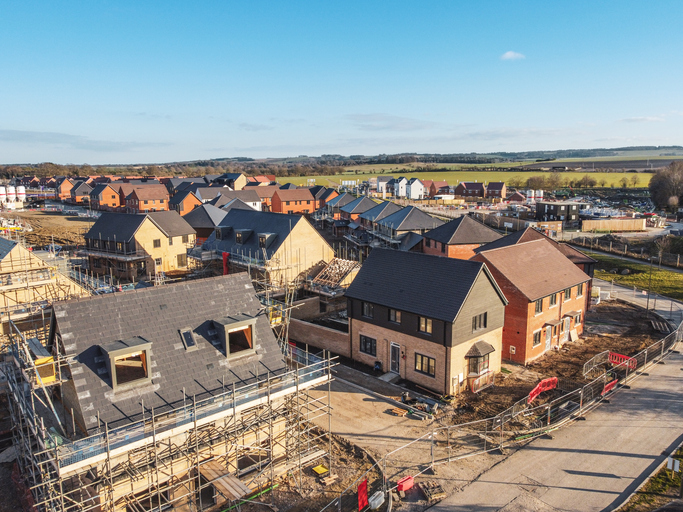Structural insurance vs collateral warranty
Our construction team takes a closer look at the key differences between structural damage insurance and collateral warranties.
Structural Insurance Policy
A structural insurance policy, also referred to as latent defects insurance, is designed to protect investors, homeowners, occupiers and mortgagees from structural defects that may arise after the building work has been completed. It usually lasts for around 10 to 12 years after practical completion and provides protection for these parties against the risk of damage as a result of a structural defect in the building.
As the policy covers the building, there is no requirement on the insured party to prove negligence by any party involved in its construction in the event of damage occurring. Another benefit in addition to providing no-fault protection is that if the liable party, such as a contractor or an architect, were to become insolvent post-completion, the insurer would meet any costs regardless of the responsible party’s solvency or whether or not the liable party has the necessary professional indemnity insurance in place.
As with any insurance policy, there will be some exclusions that apply to a claim made under the policy which may make the use of such a policy less attractive compared to a collateral warranty. Although there has been an improvement in the use of unambiguous language in insurance policies, the policy wording can still appear unclear, allowing insurers to wriggle out of it.
Collateral Warranty
A collateral warranty creates a contract between the beneficiary of the warranty (such as a tenant, purchaser or funder) and the relevant construction party which sits alongside the main contract (eg building contract or consultant appointment) and gives direct rights to the beneficiary against the warrantor. Although a collateral warranty is not limited to defects like a structural insurance policy might be, it is of limited value if the warrantor were to become insolvent, resulting in a worthless collateral warranty.
Unlike structural insurance policies, it is often a requirement under collateral warranties for professional indemnity insurance to be maintained by the warrantor during the limitation period under the warranty. This will provide the beneficiary with the necessary comfort that the warrantor will be able to cover a claim by the beneficiary under the warranty. Collateral warranties also tend to restrict the beneficiary’s ability to assign the benefit of the warranty resulting in a possible restriction on the assignment of the warranty to a new owner or other interested party to the construction works, differing from structural warranties which transfer automatically between owners.
Points to Note
Although a structural insurance policy and a collateral warranty can seem similar in their overall purpose, some of the key differences above may be worth considering when deciding which route to take. A structural insurance policy does allow room for flexibility of new owners and could avoid lengthy and costly court proceedings should a defect arise. However, because a collateral warranty is not limited to just the defects which cause damage, it can extend to non-structural parts and economic losses arising from the defect which a structural insurance policy will not cover.
If you would like assistance in deciding which route may be best for your construction project, please contact: [email protected]

Article contributor, Louise Tindall, Paralegal

